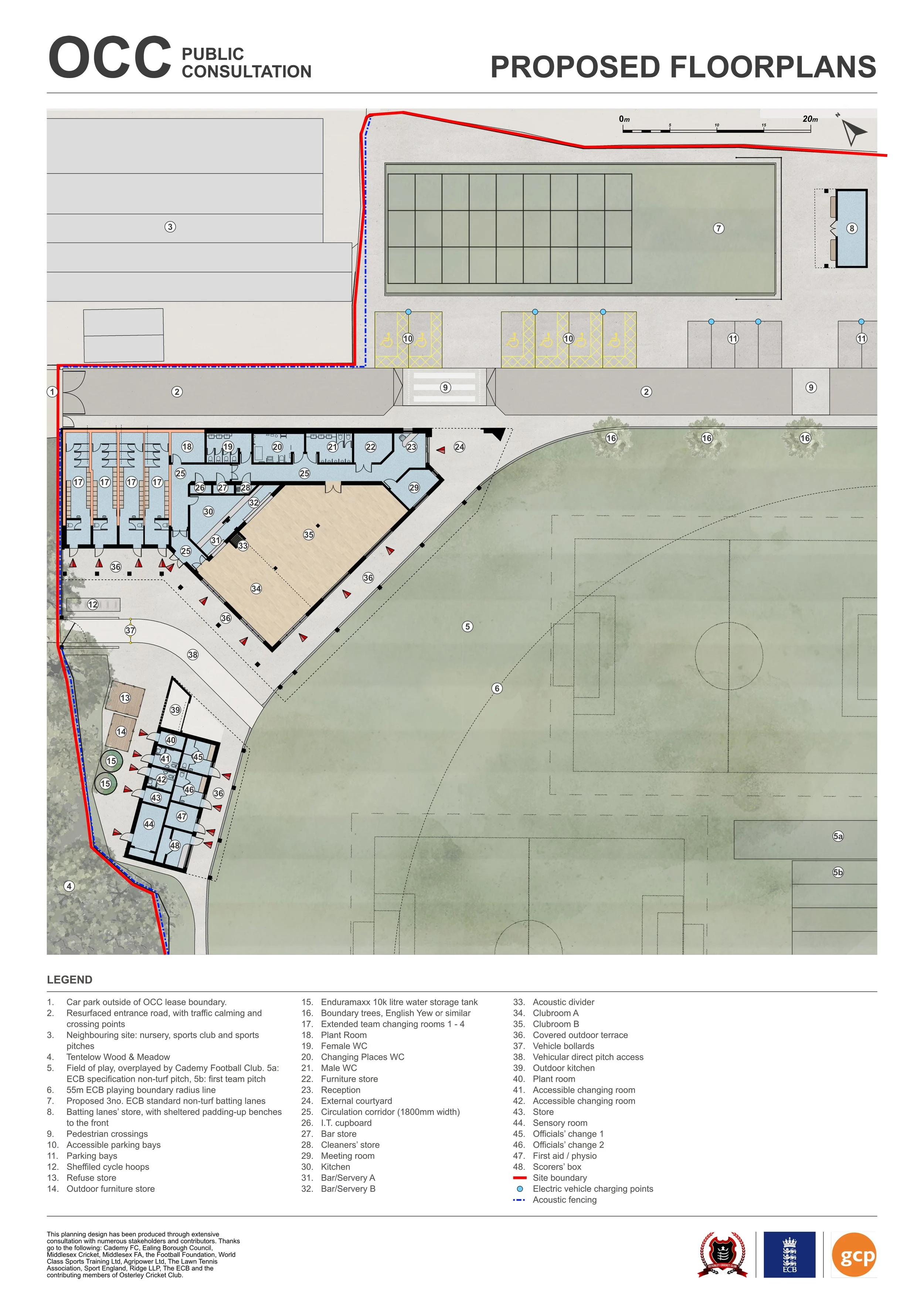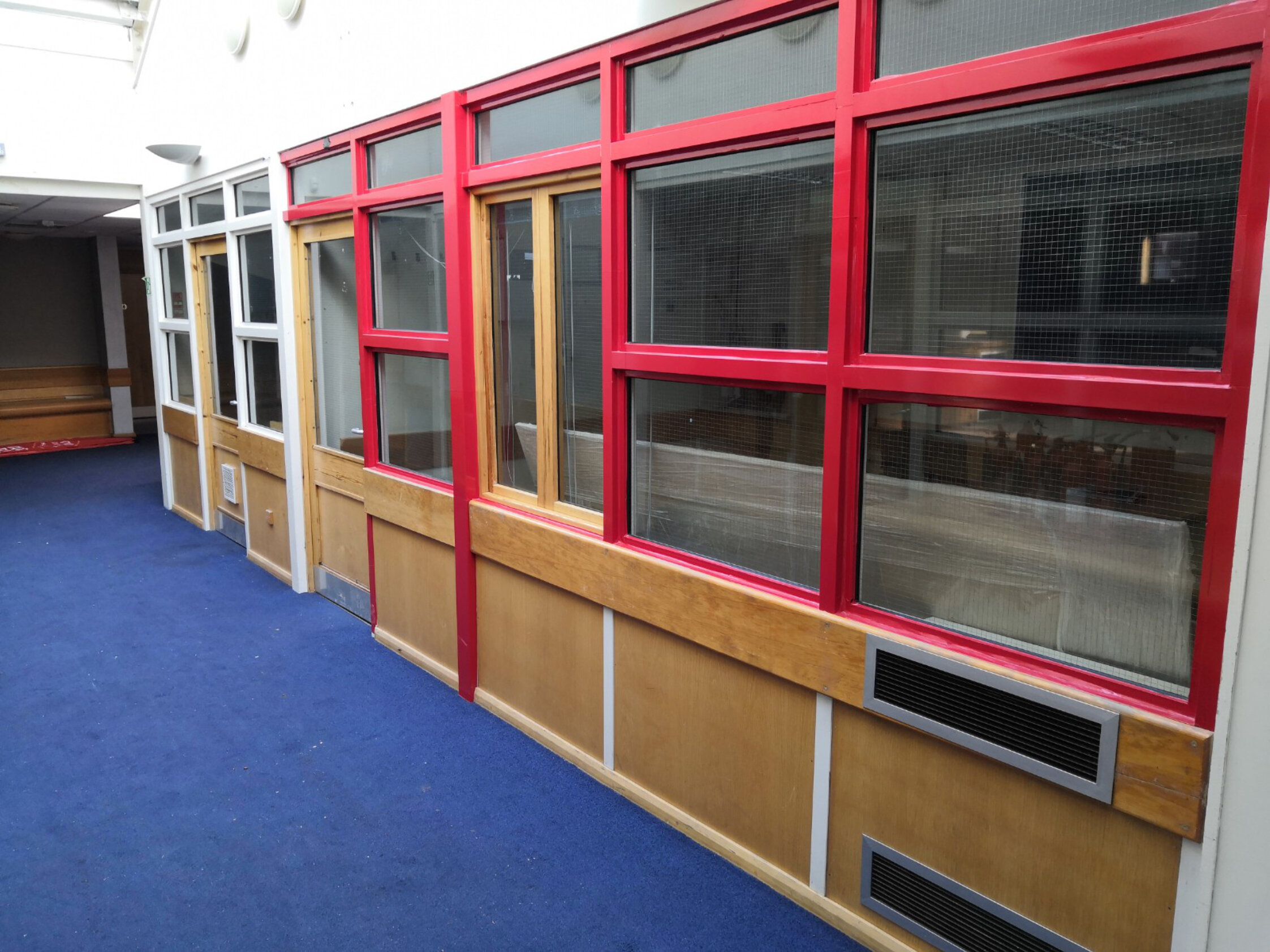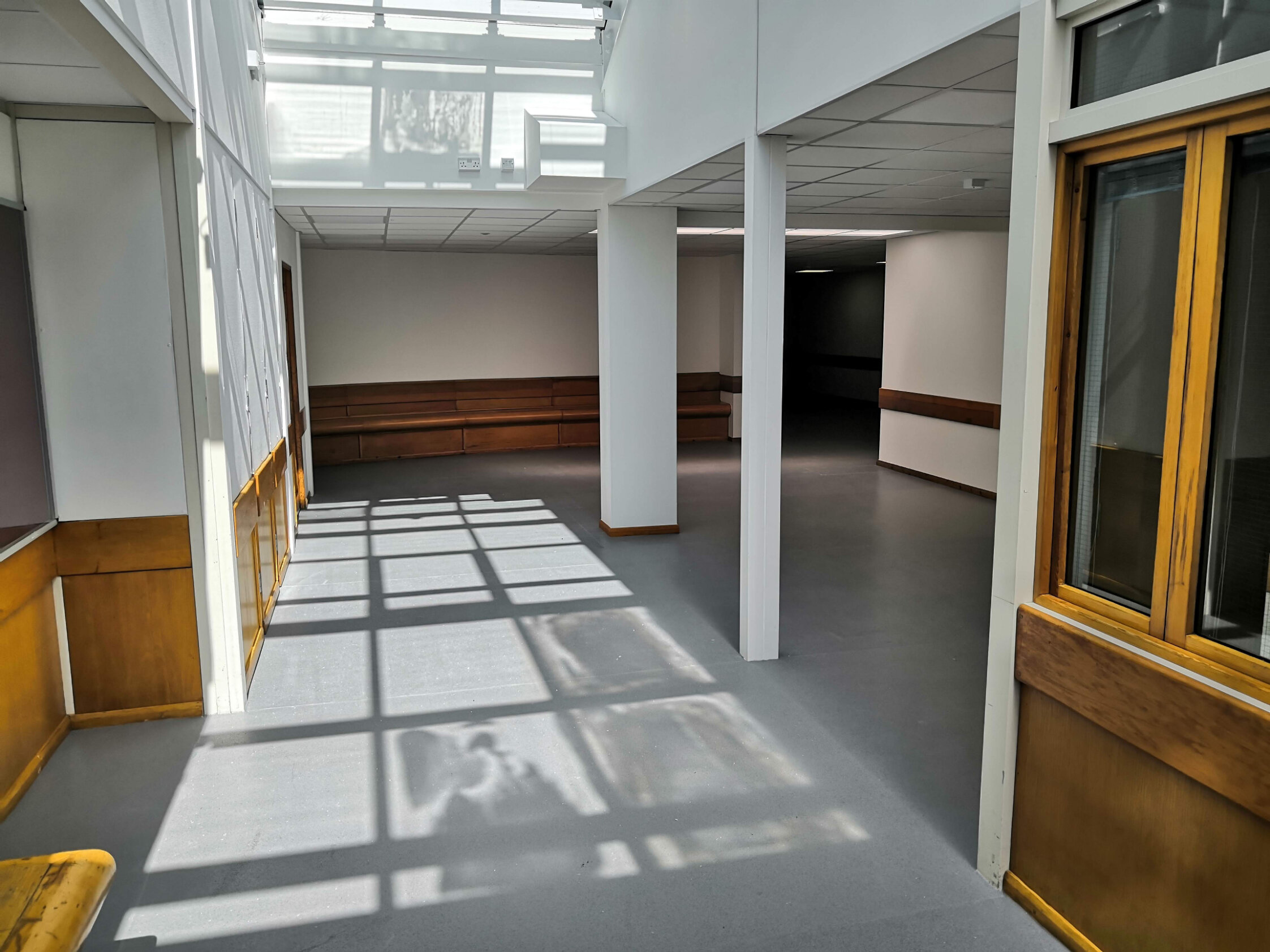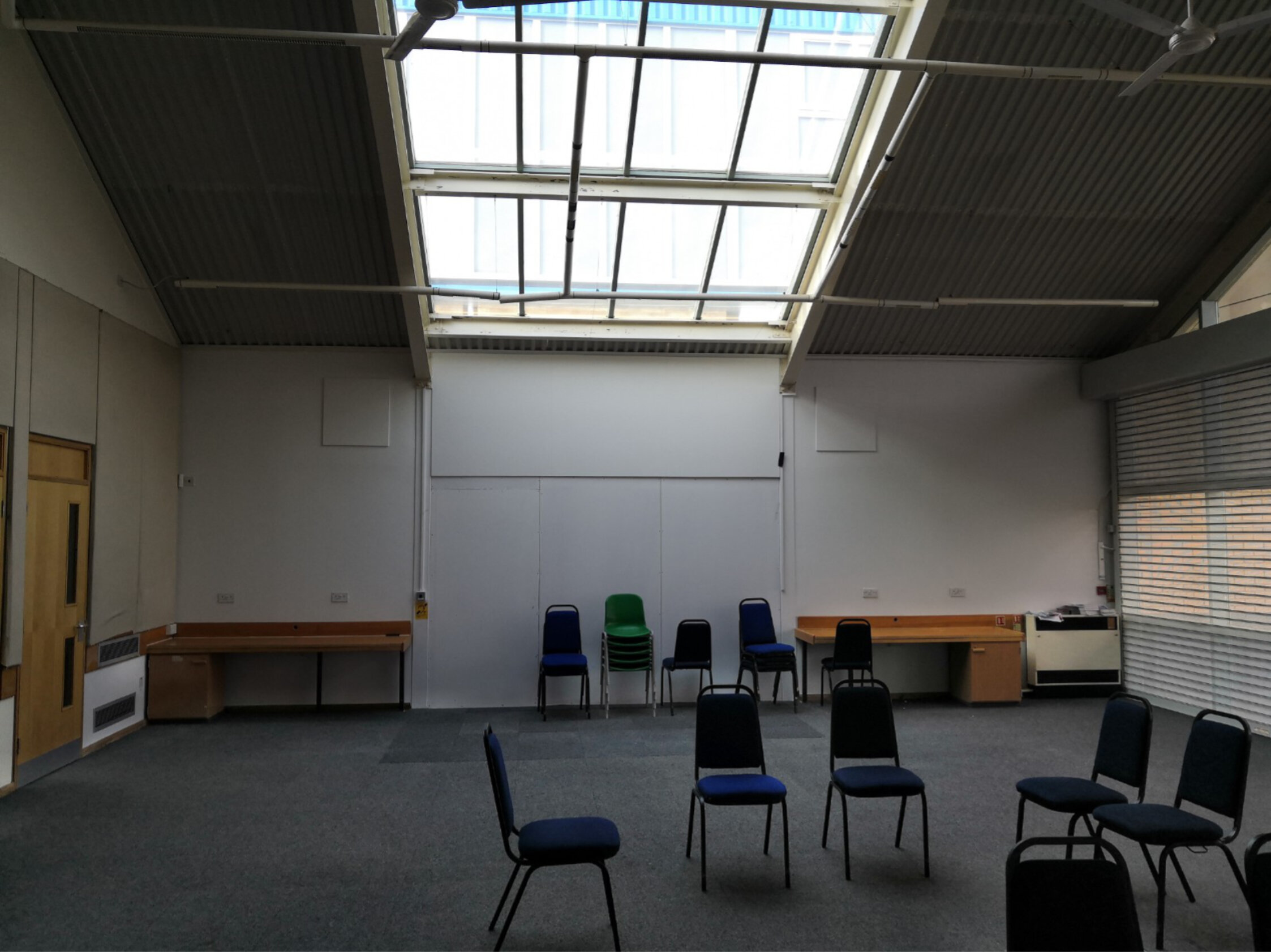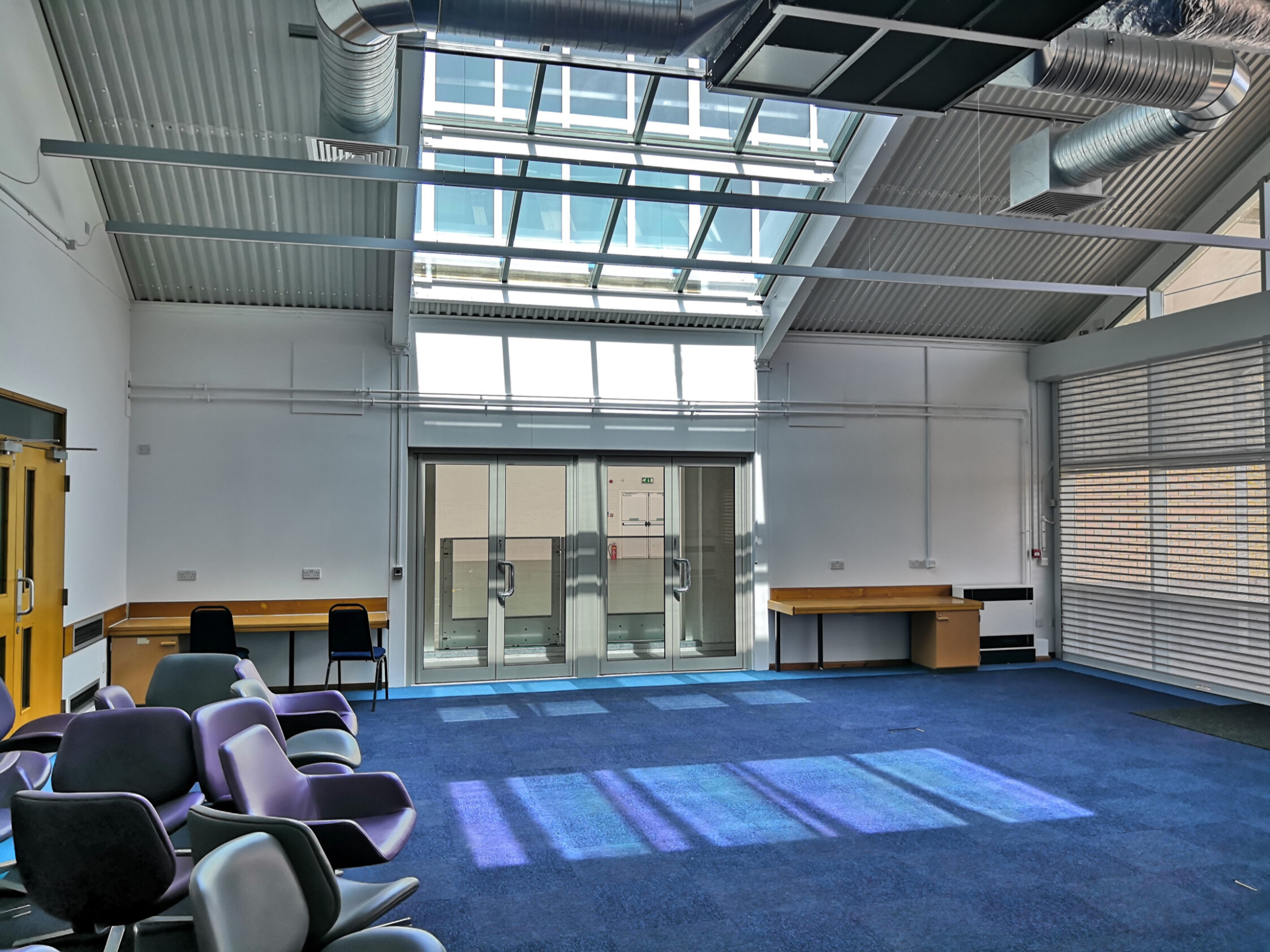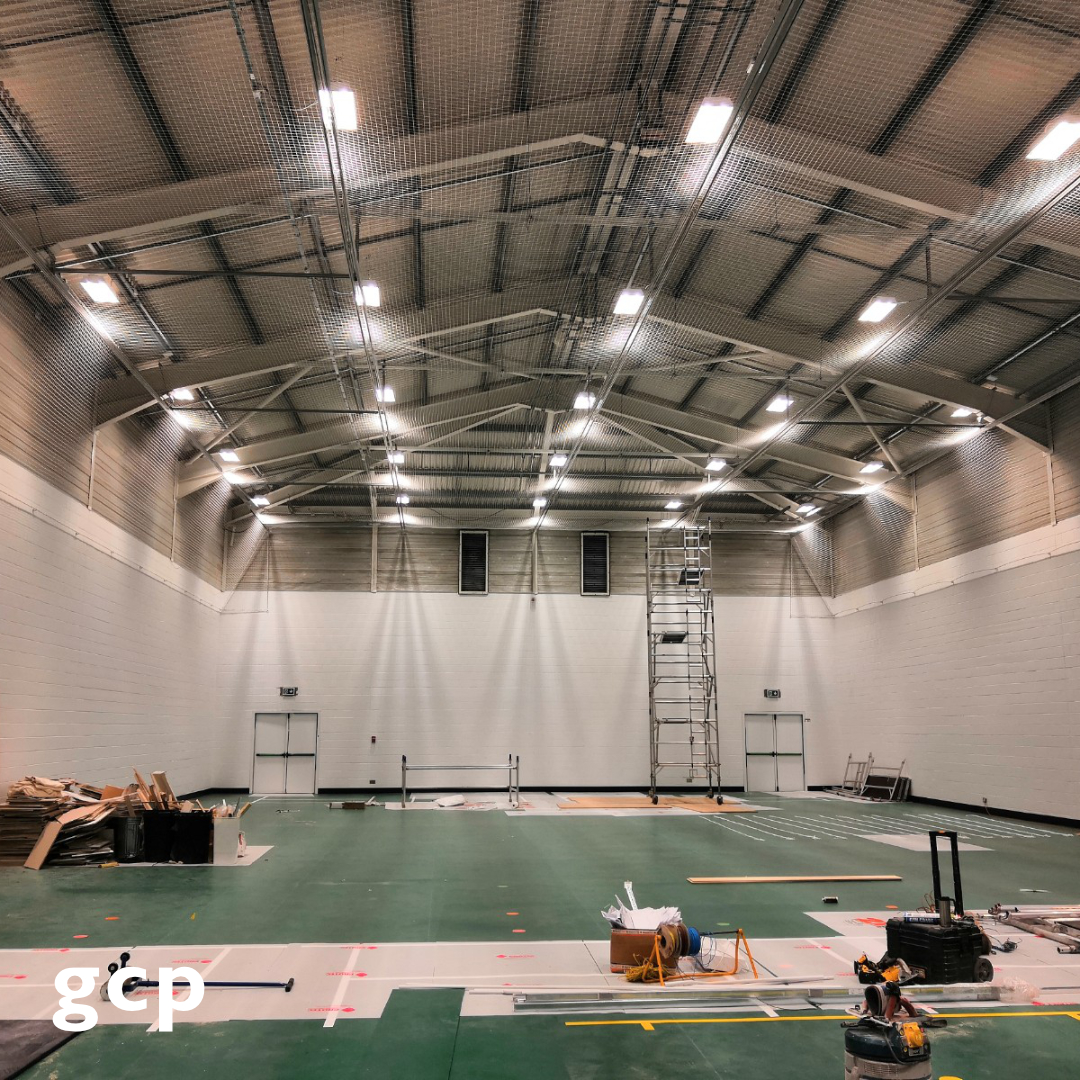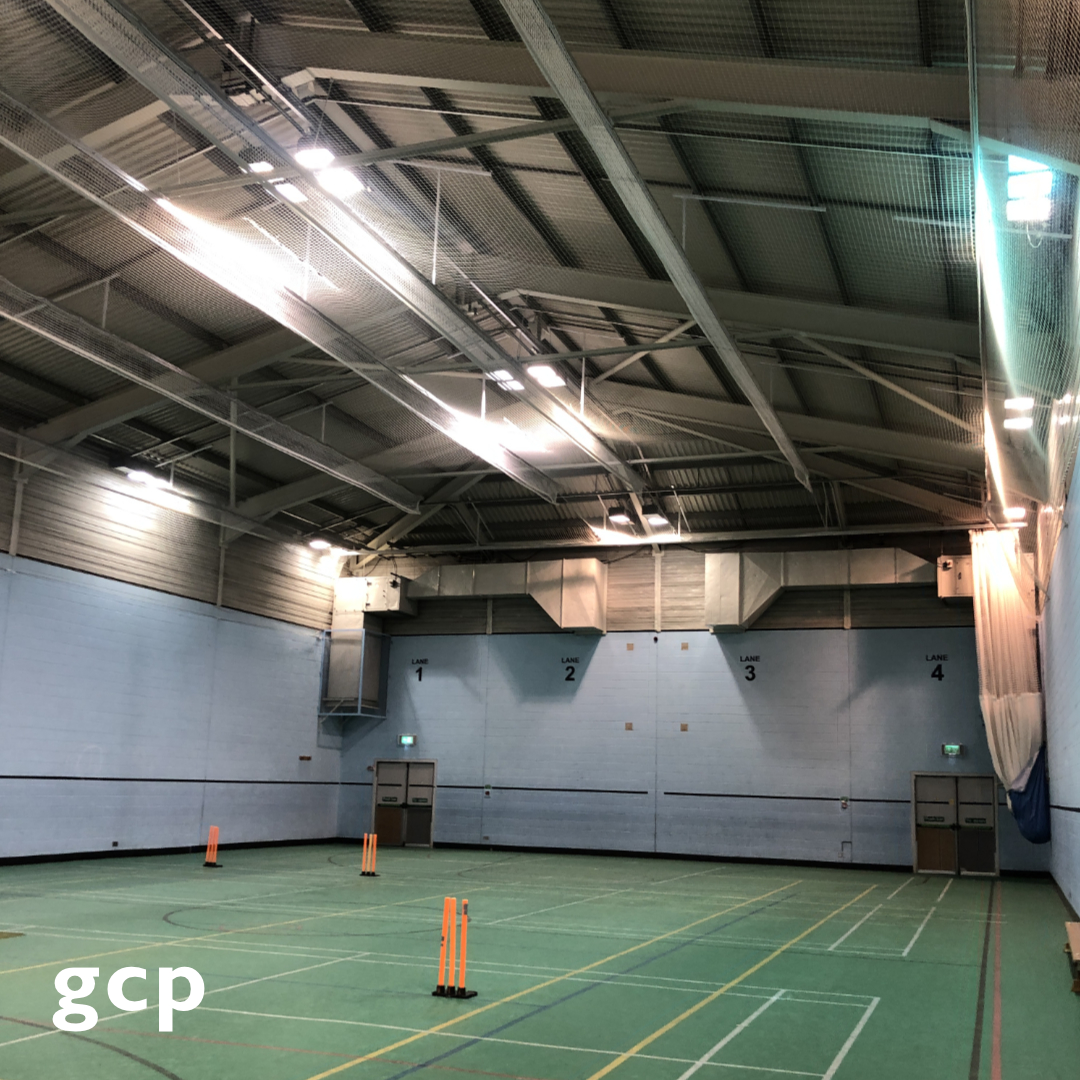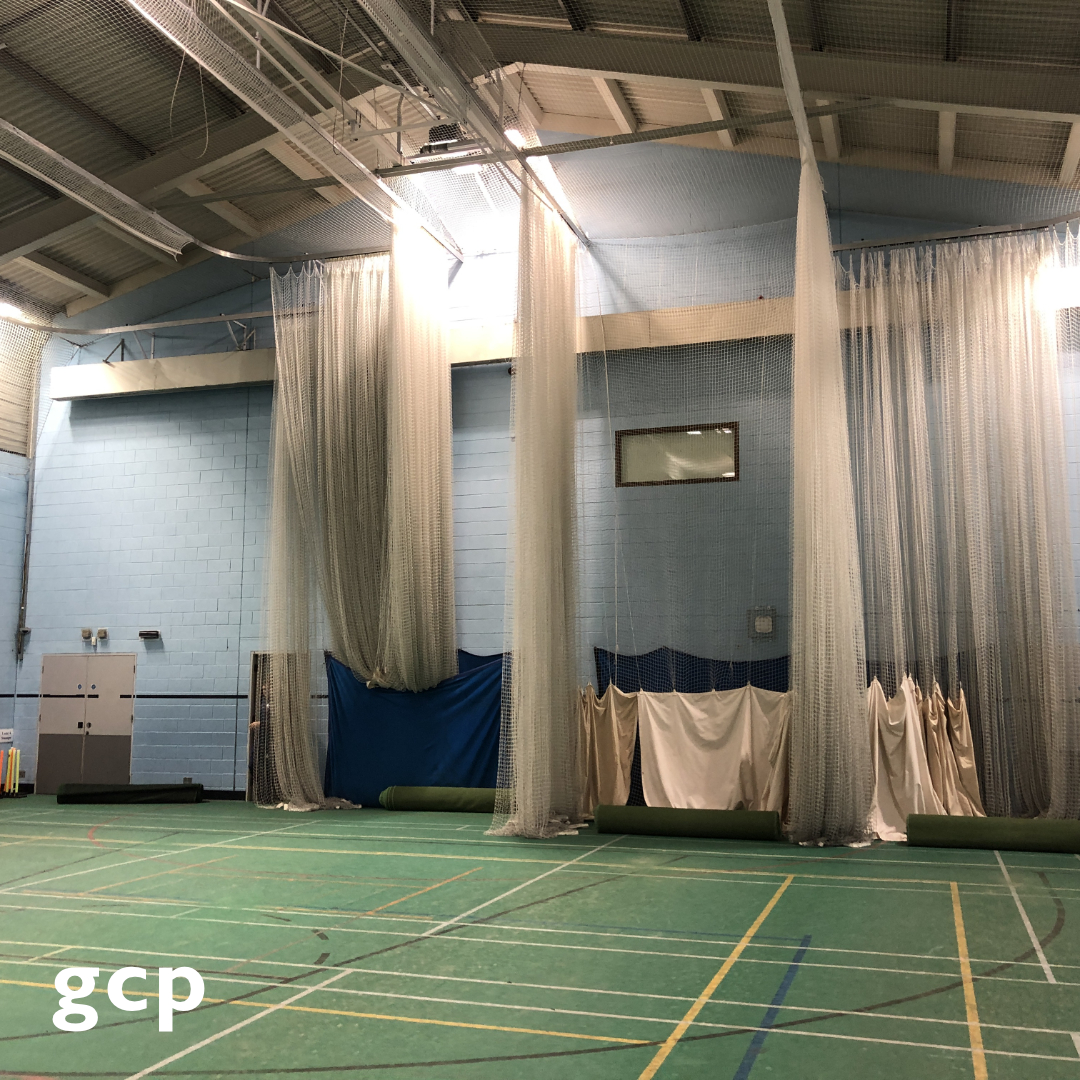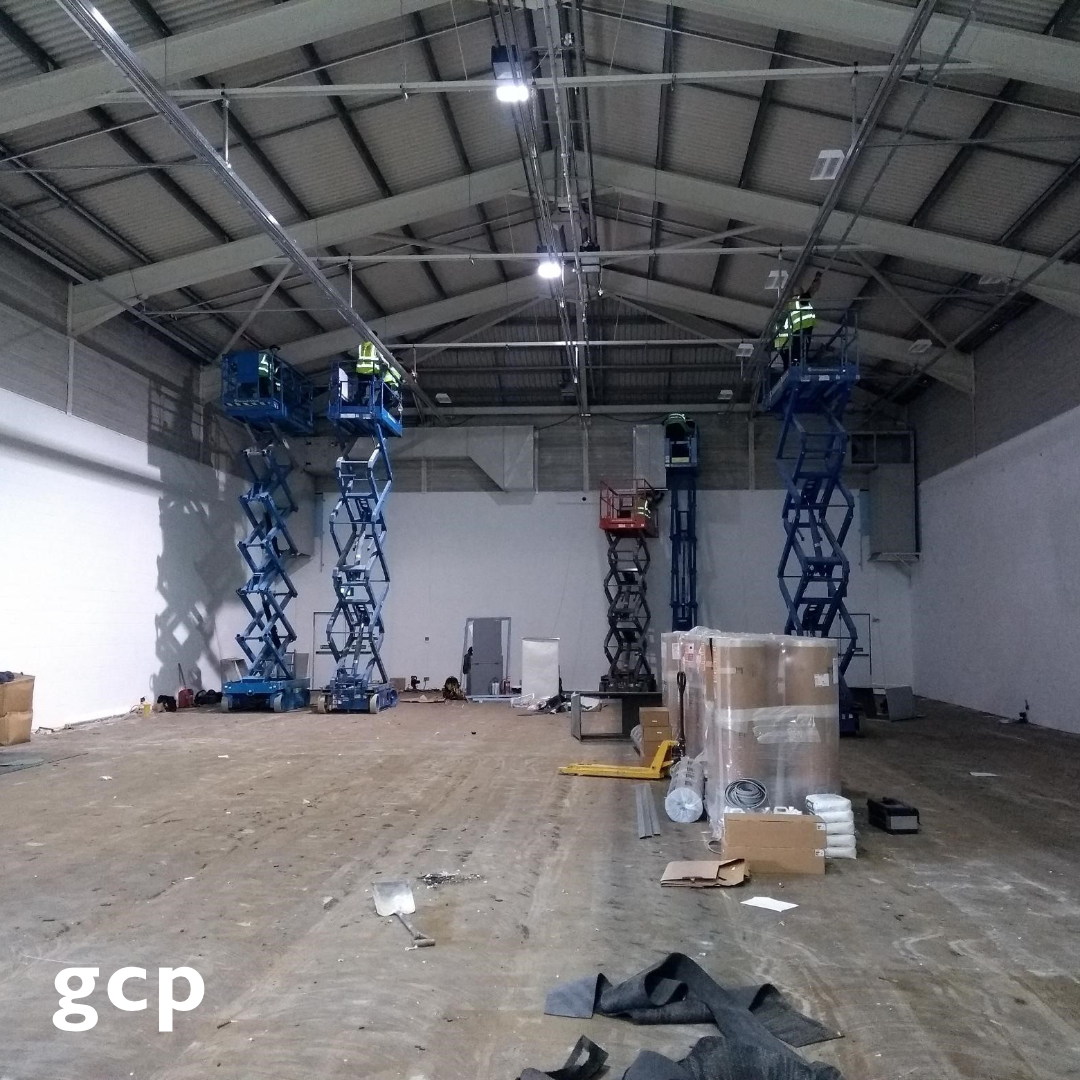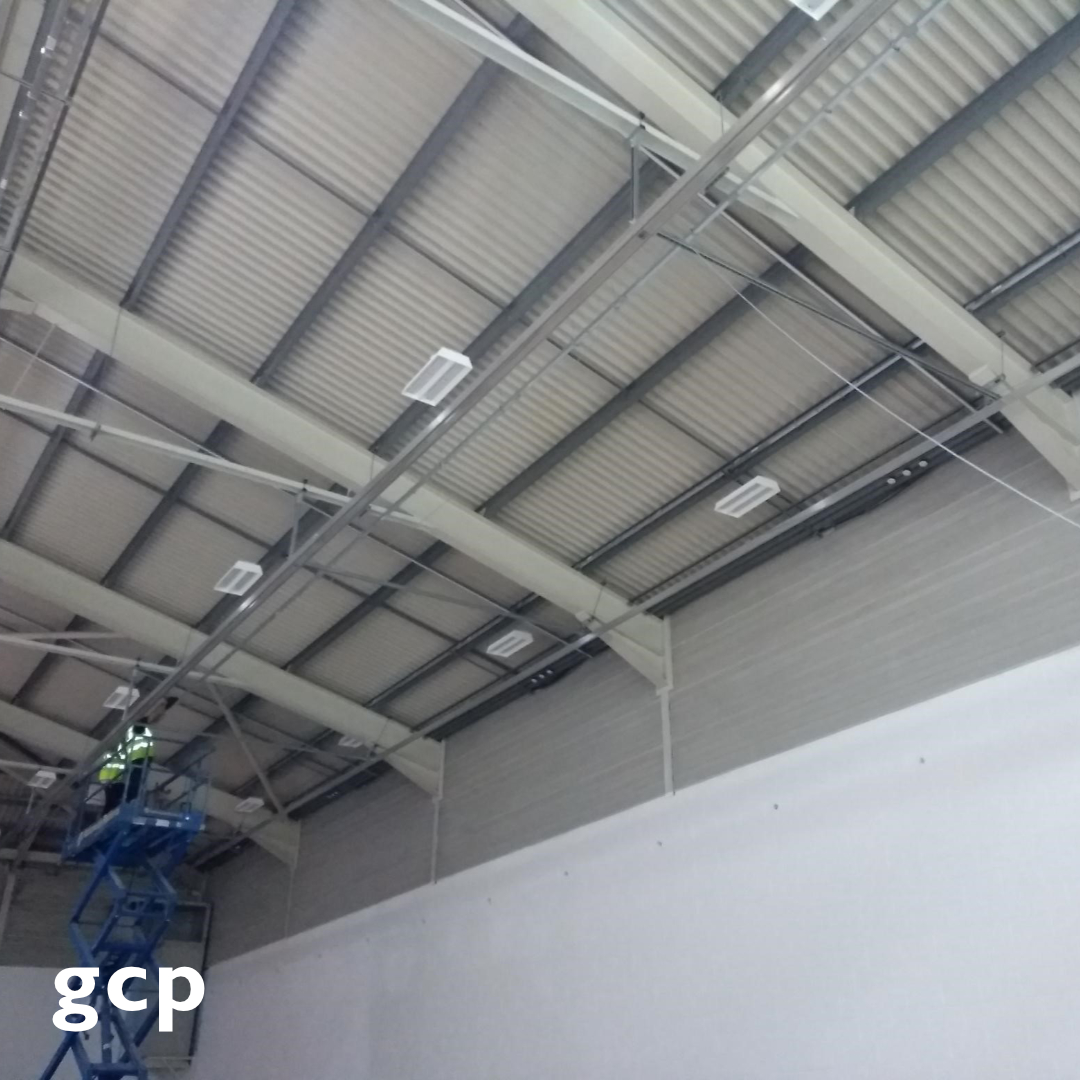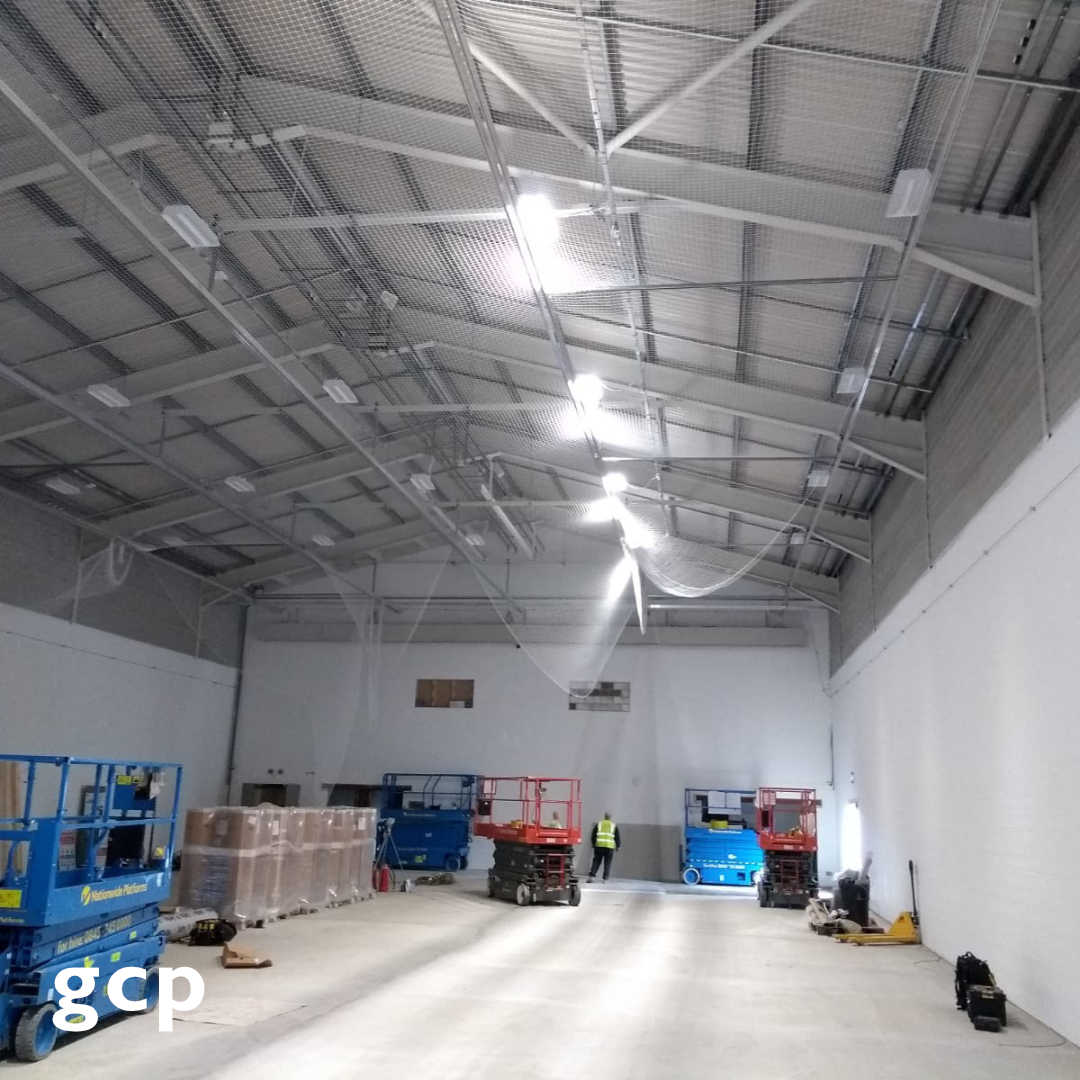Innovation in Play: How gcp Chartered Architects Designed the Most Inclusive Cricket Flooring at Headingley Stadium
At gcp Chartered Architects, we believe in constantly pushing the boundaries of sports facility design. Since the 2019 ODI World Cup, we've proudly partnered with the England and Wales Cricket Board (ECB) and cricketing counties across the UK to develop the most accessible and inclusive training facilities possible.
Our extensive knowledge, accrued through groundbreaking initiatives like the Urban Cricket Centre Initiative and the Covered Outdoor Cricket Facility Guidance Document, has been directly applied to our latest cricket centre refurbishment at Headingley Stadium for Yorkshire County Cricket Club (YCCC).
The Challenge: Designing for Optimal Ball Contrast and Inclusivity
Every cricket centre presents its unique challenges and opportunities for improvement. At Headingley, the coaching staff expressed a specific desire: to have the indoor facility's flooring replicate the authentic colour of a grass wicket.
However, flooring colour in cricket facilities is far more complex than just aesthetics. Optimal ball contrast is absolutely critical for player health and safety. This challenge is further complicated by the diverse range of ball colours used in modern cricket – from traditional red and white to the increasingly common pink for day/night matches.
Recognizing this, our team decided to undertake a comprehensive review of available flooring colours against each ball type. But we went a significant step further. We also seized this opportunity to investigate contrast for individuals with colourblindness, a condition reported to affect approximately 1 in 12 men and 1 in 200 women worldwide. This commitment ensured our design would be truly inclusive.
Our Rigorous Research Process: From Samples to On-Site Testing
Our meticulous research process began by evaluating 17 potential flooring colours, carefully whittling them down to the top 5 most suitable options.
To ensure real-world performance, samples of these five colours were then tested on-site at the Gloucestershire Indoor Cricket Centre. We chose this facility, which gcp also refurbished in 2019, because it boasts a fully compliant ECB TS3 lighting design – a crucial element that has been precisely replicated at Headingley. This allowed us to simulate the exact playing conditions, ensuring accurate and reliable results.
The Optimal Choice: Floor Colours for Unrivaled Inclusivity
Following extensive testing and analysis, the decision was clear: an earthy shade was selected as the most suitable colour for the wicket, closely replicating the look of a grass pitch, while a darker green was chosen for the outfield.
These colour choices have now been installed at Headingley Stadium, providing what we believe is the most inclusive playing surface in the country. This is a significant step forward in ensuring safe, high-performance training environments for all cricketers, regardless of their visual perception.
We look forward to receiving feedback from both YCCC and international players on the impact of this surface. Through further analysis, alongside the ECB, we hope this will become the standard specification for indoor cricket centres across England and Wales.






















